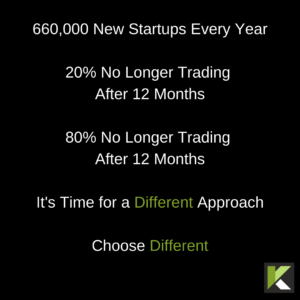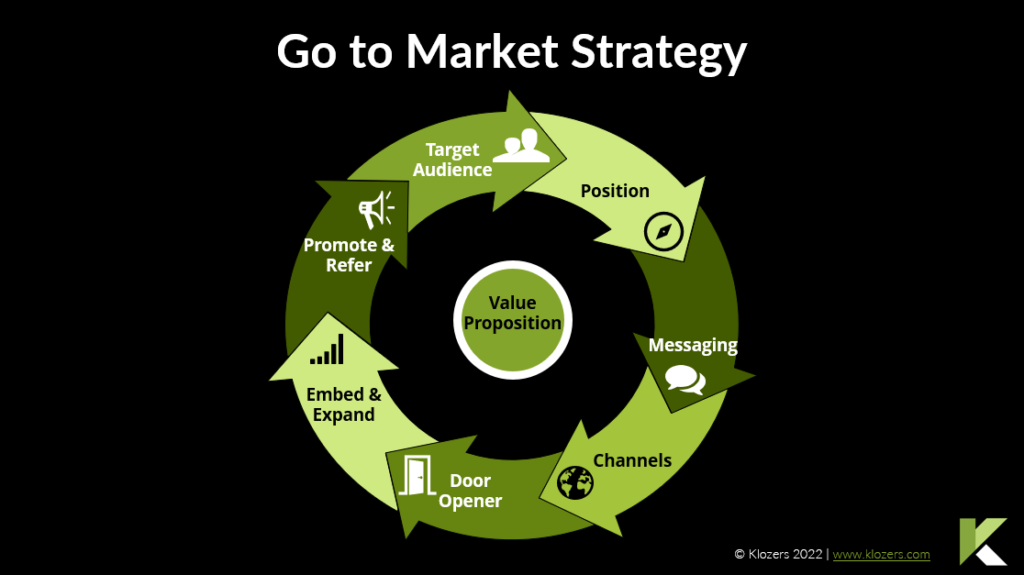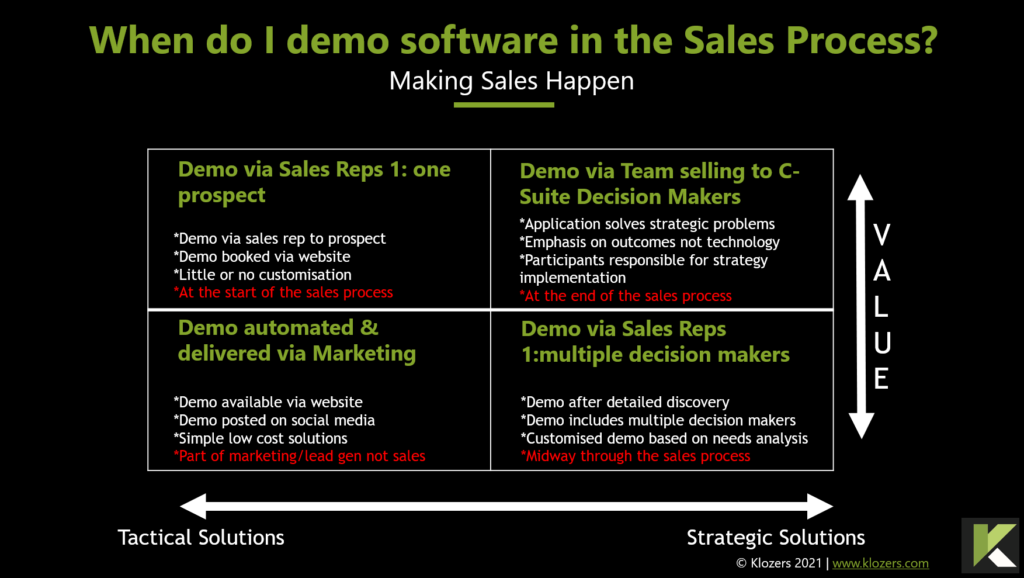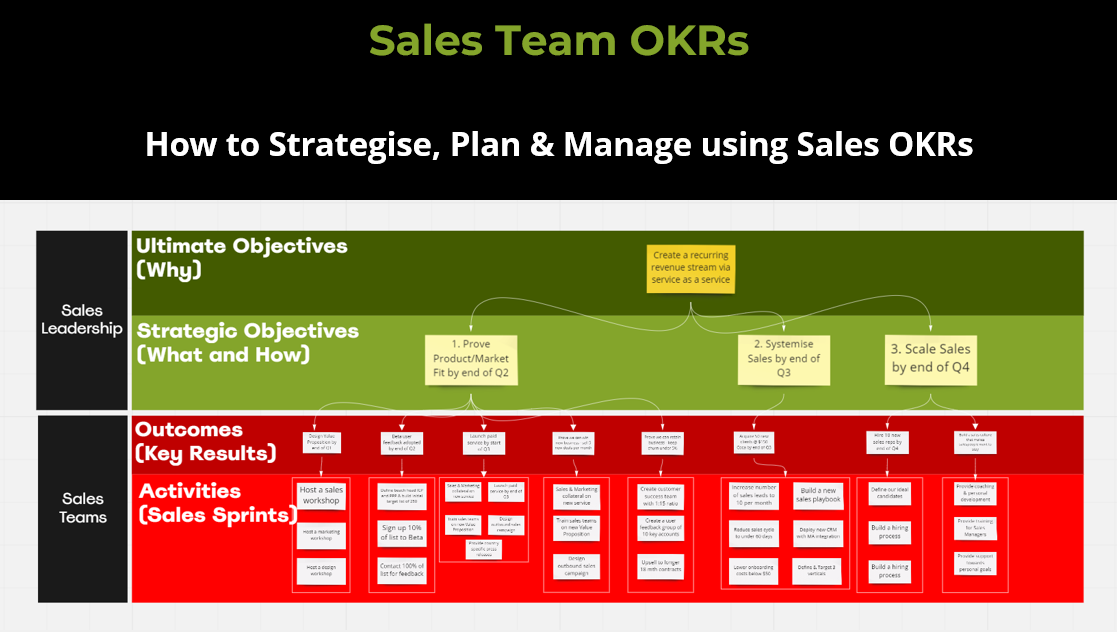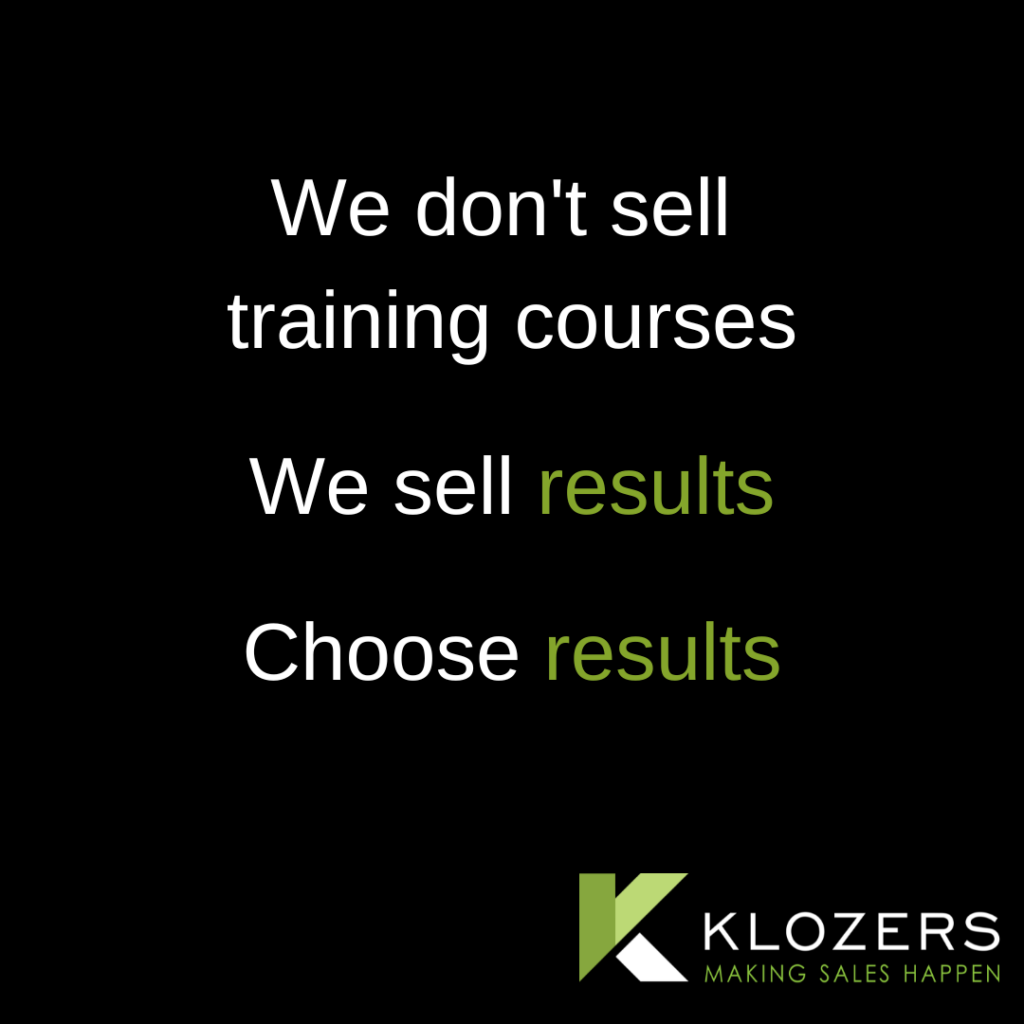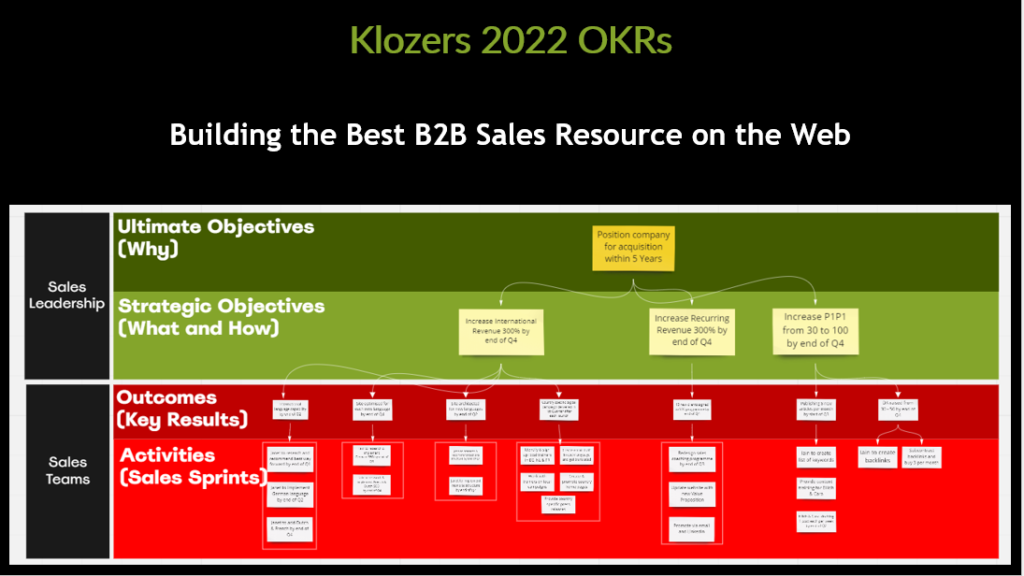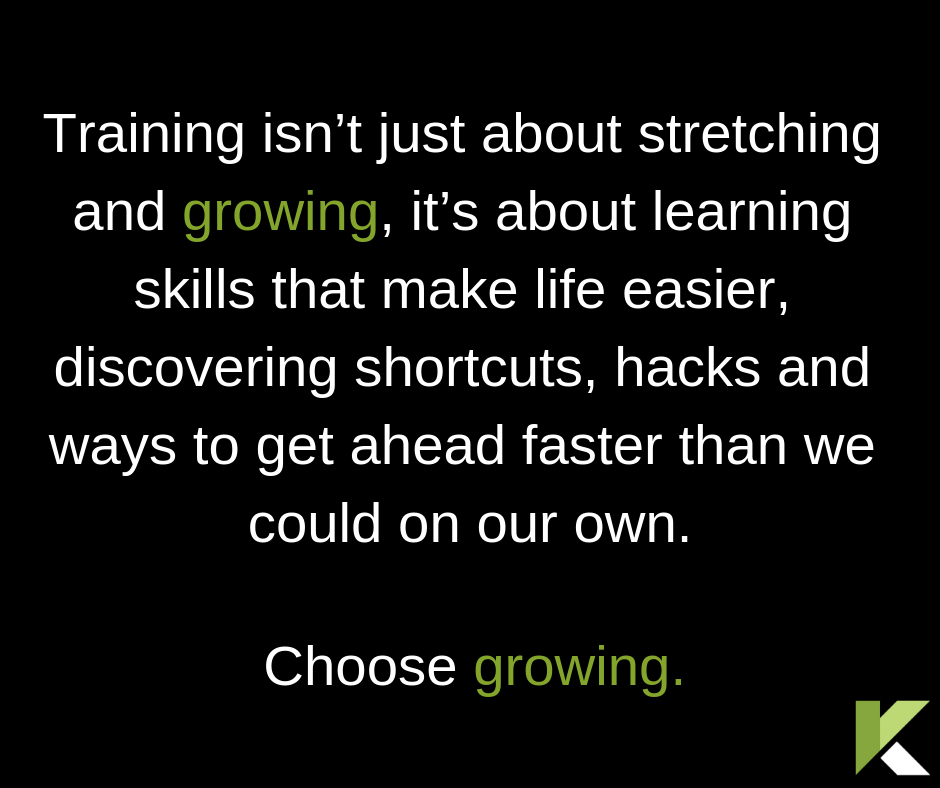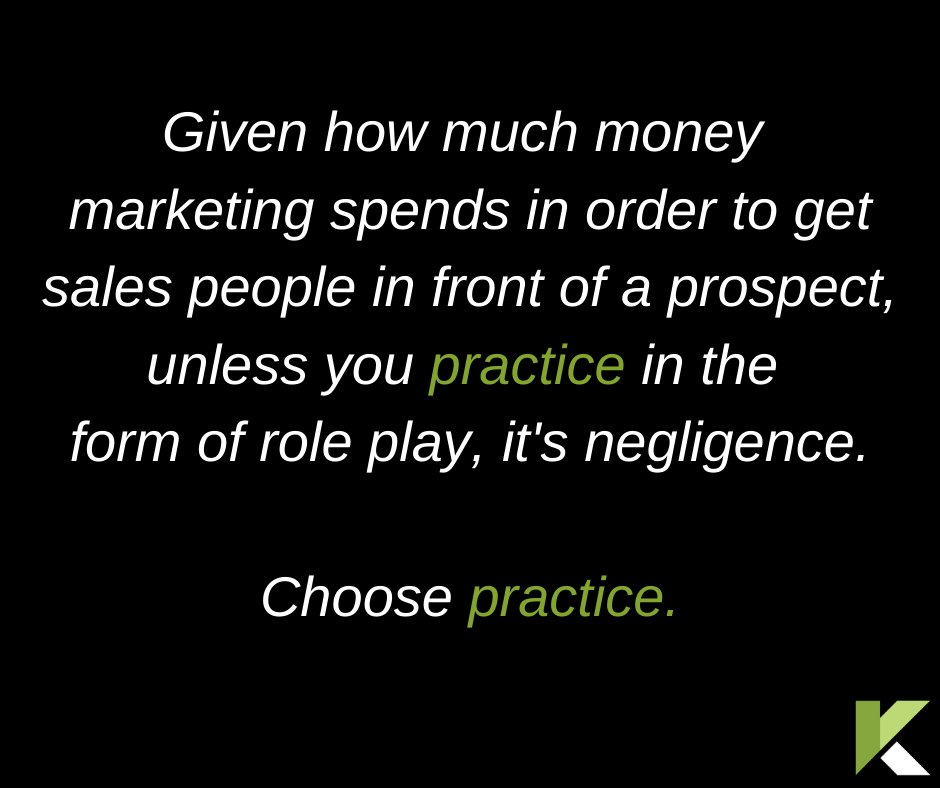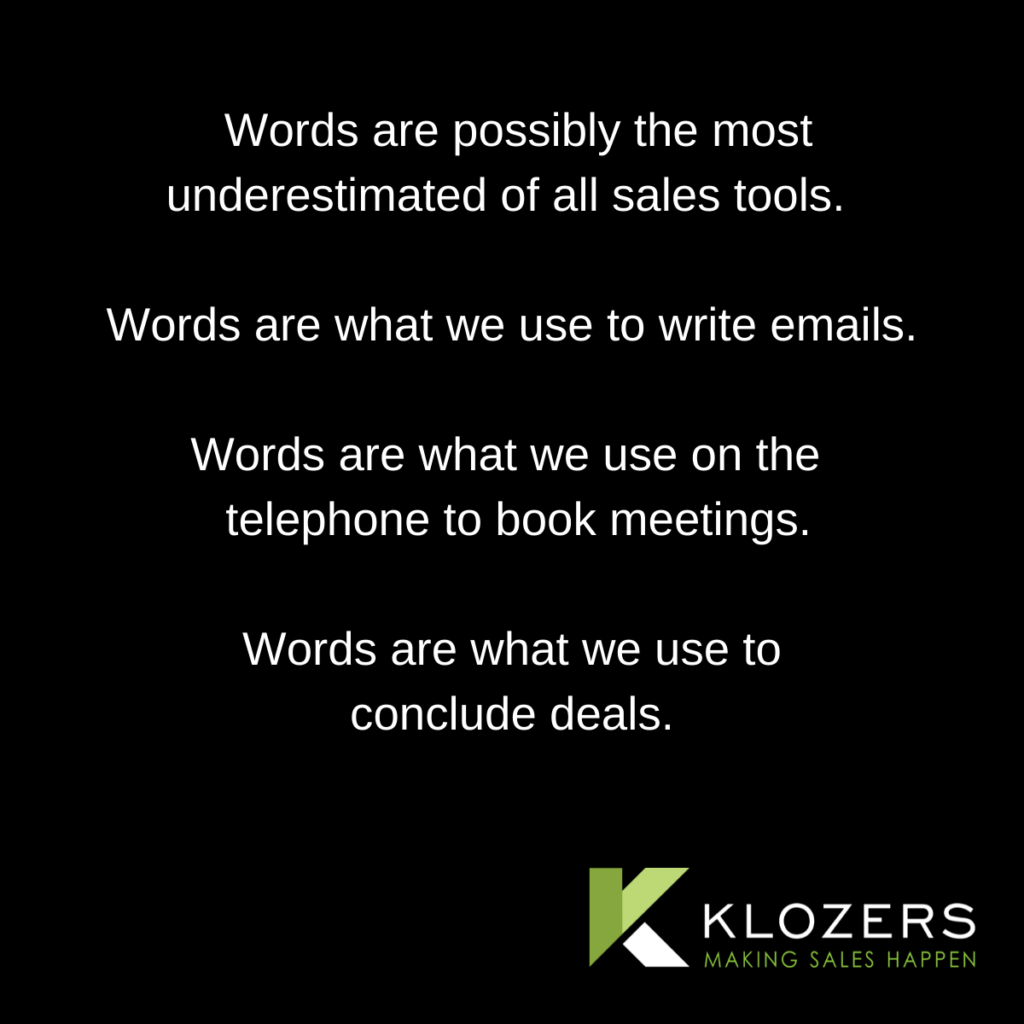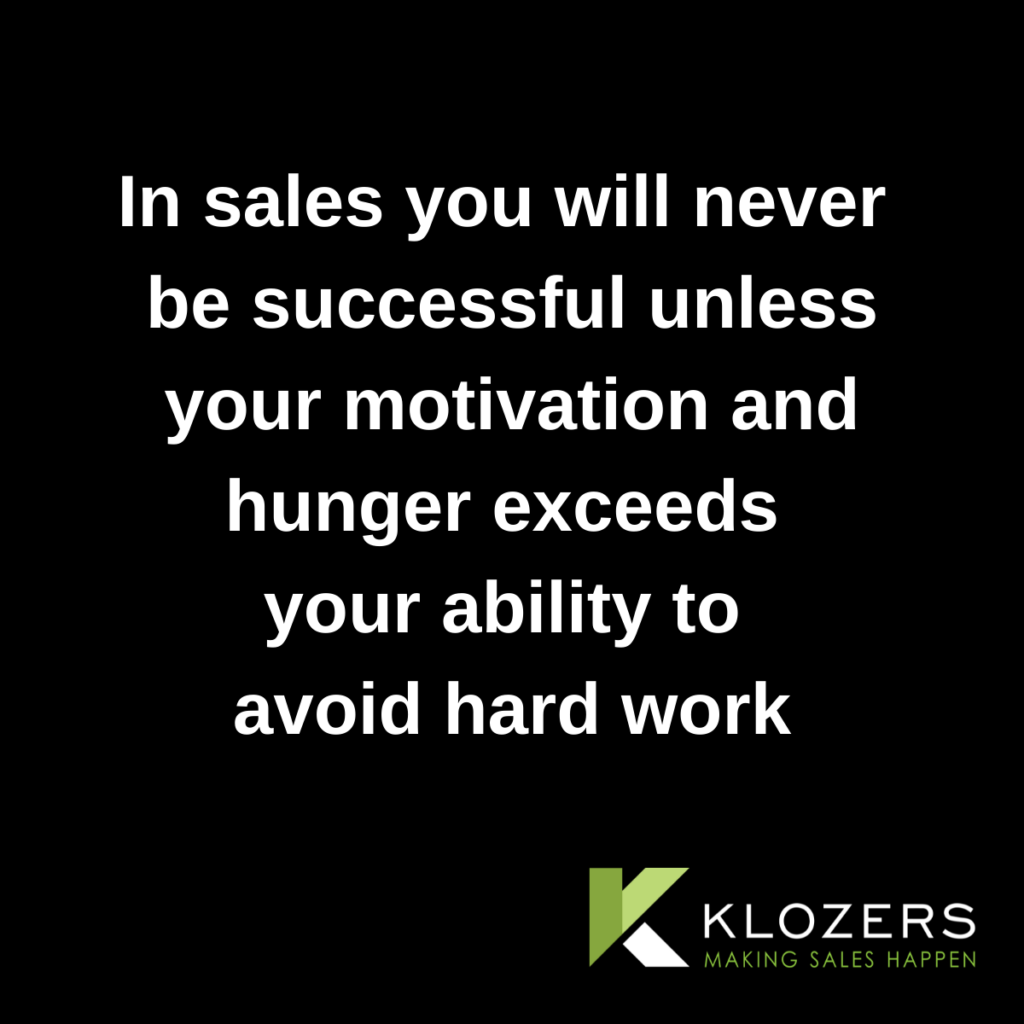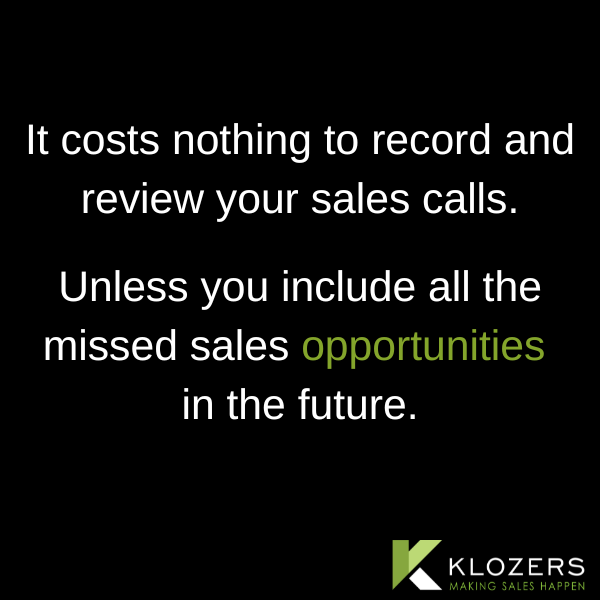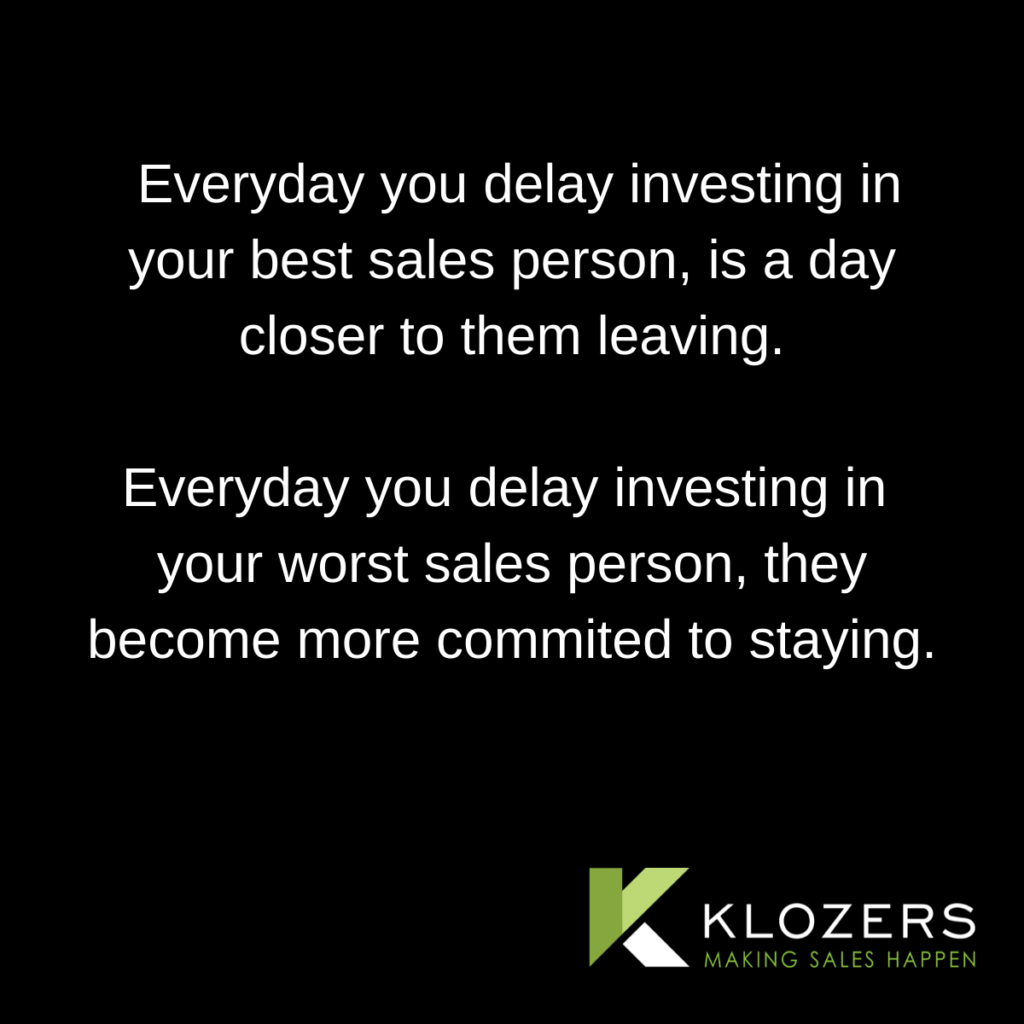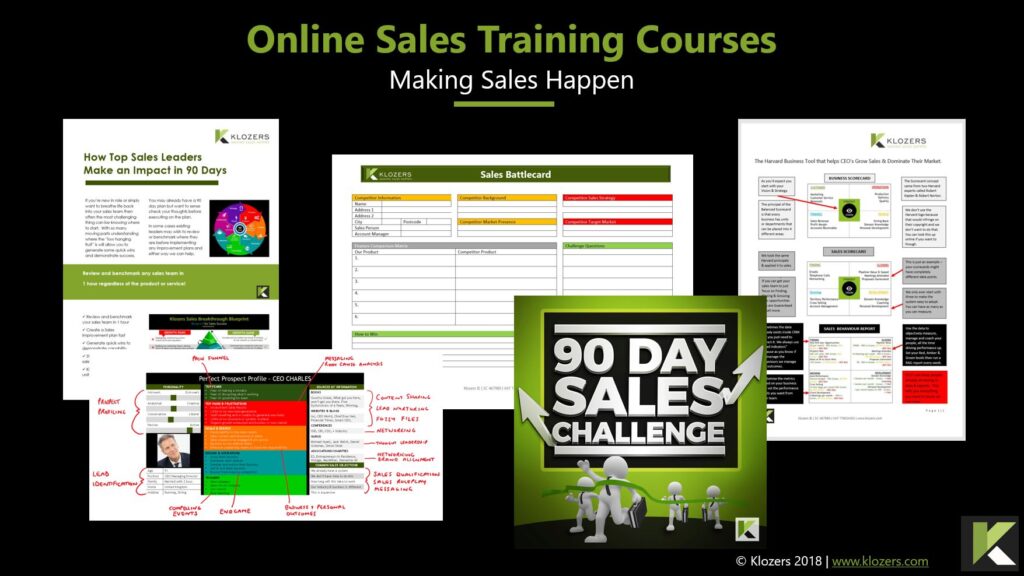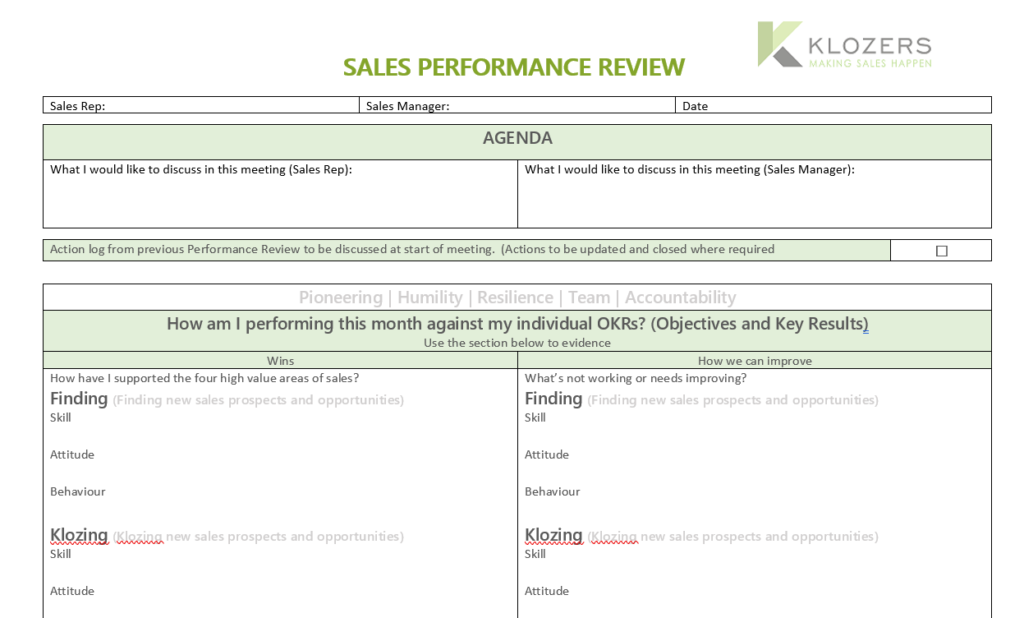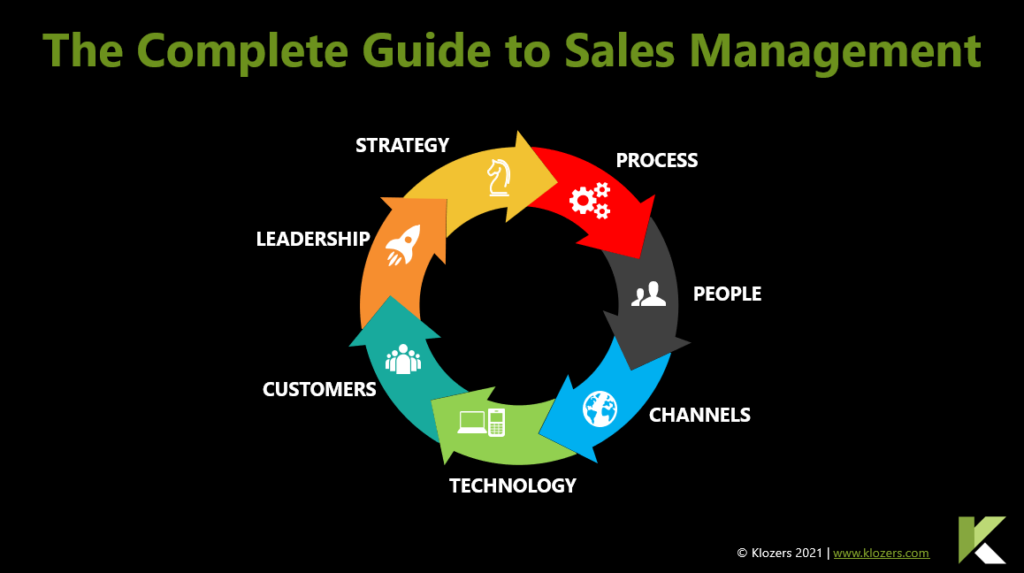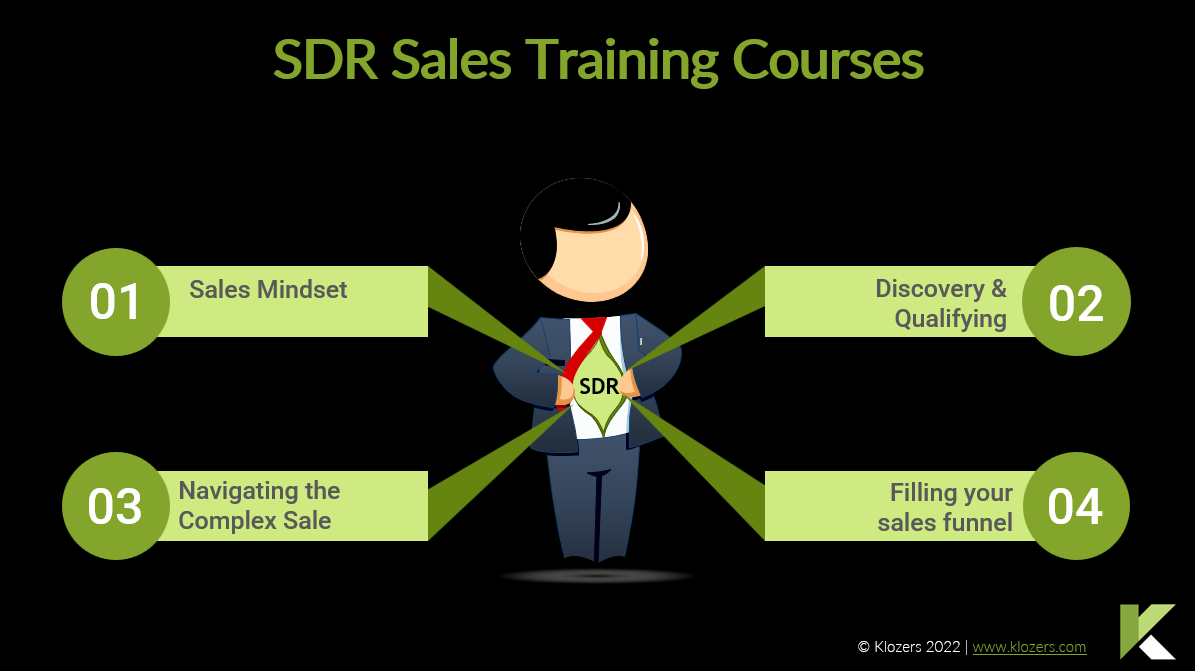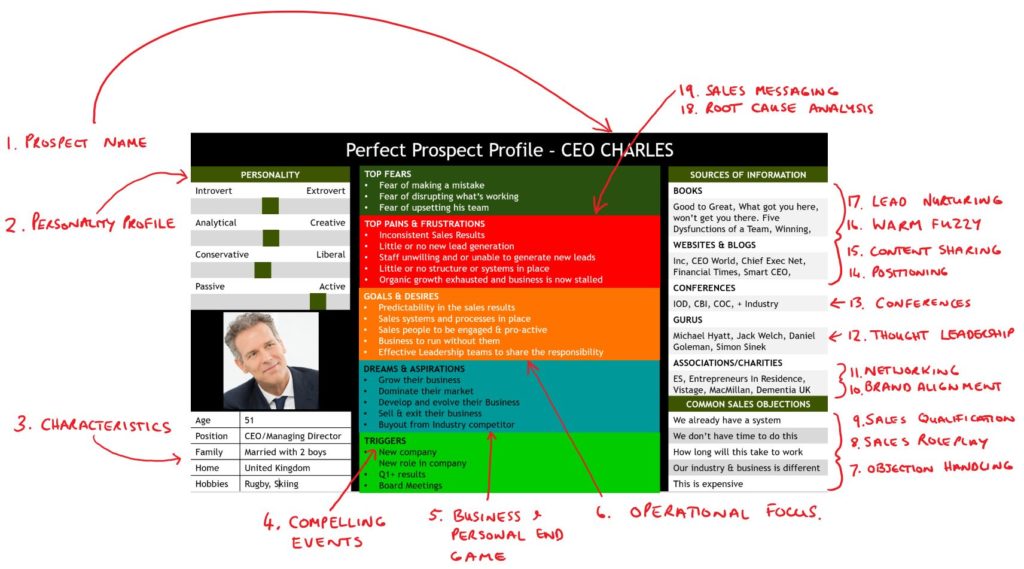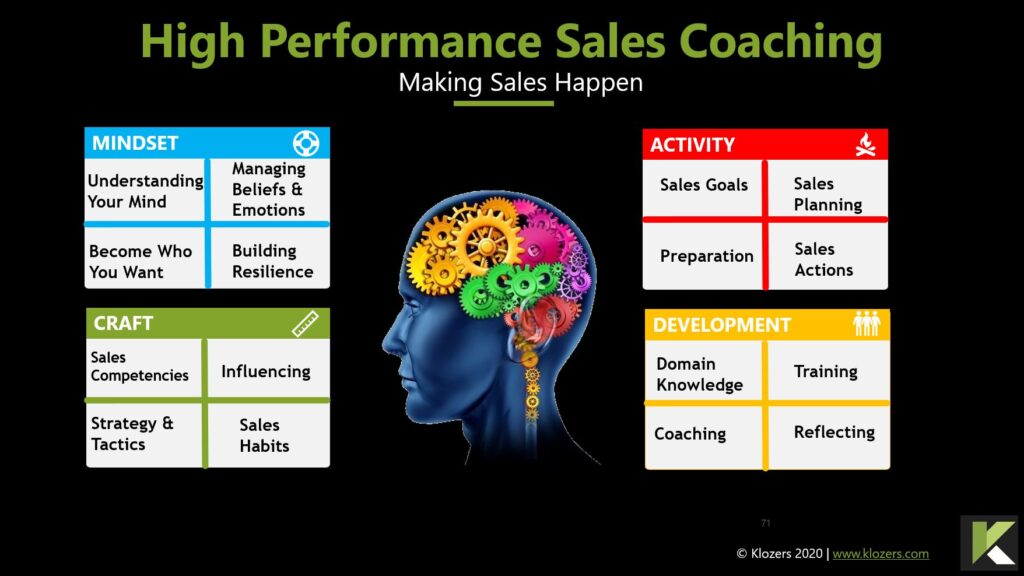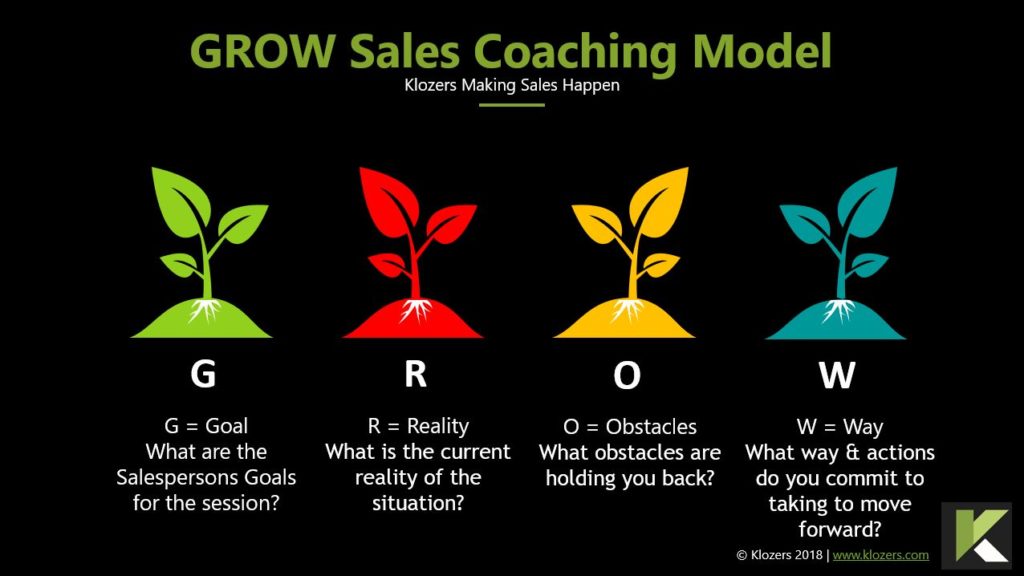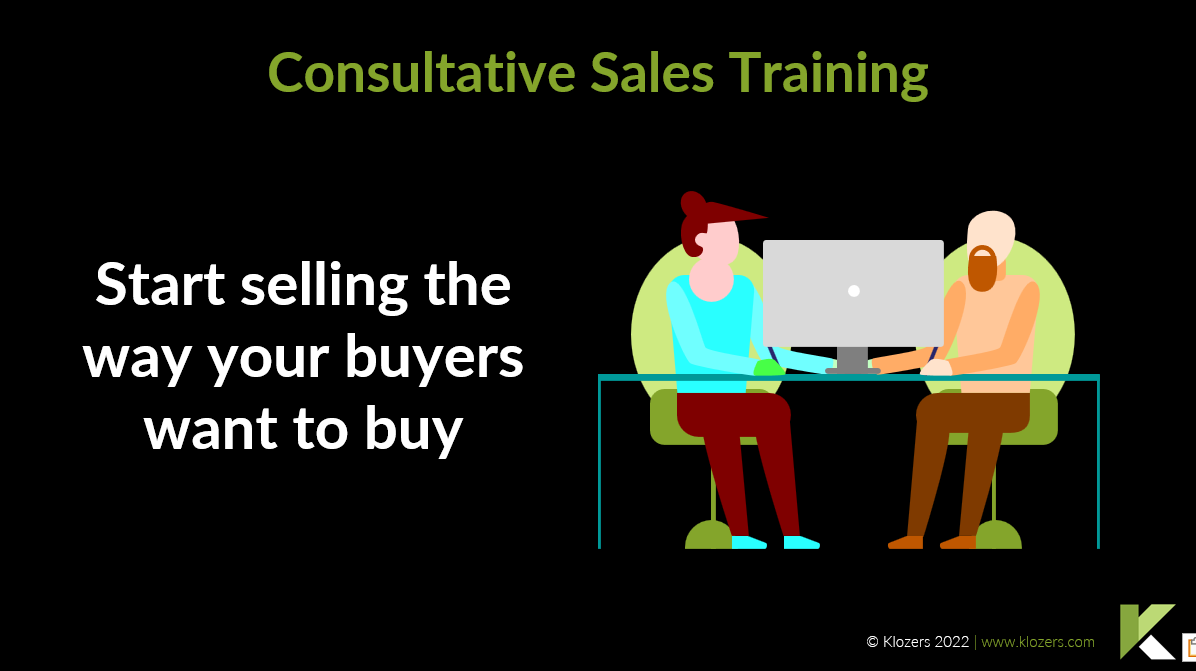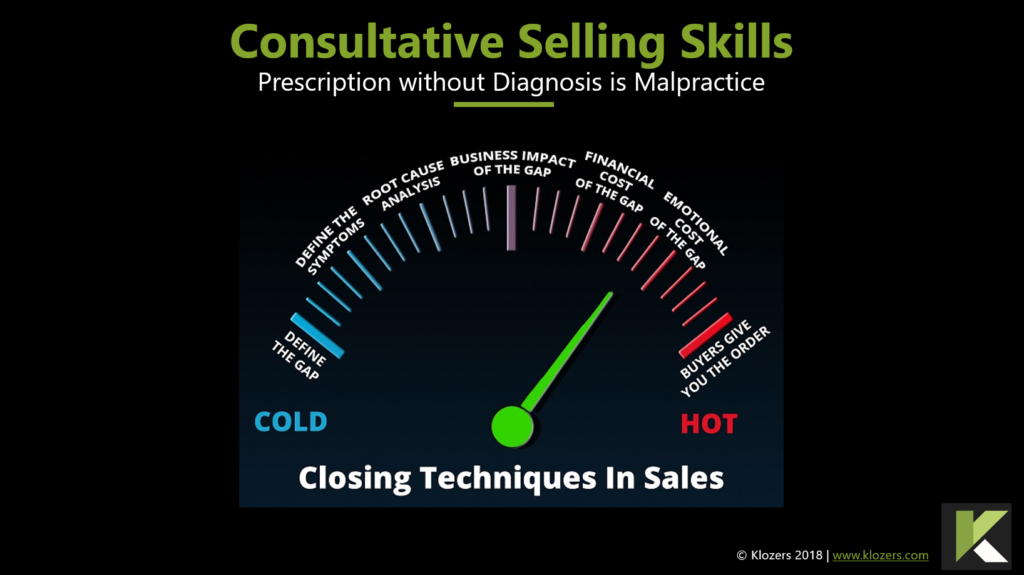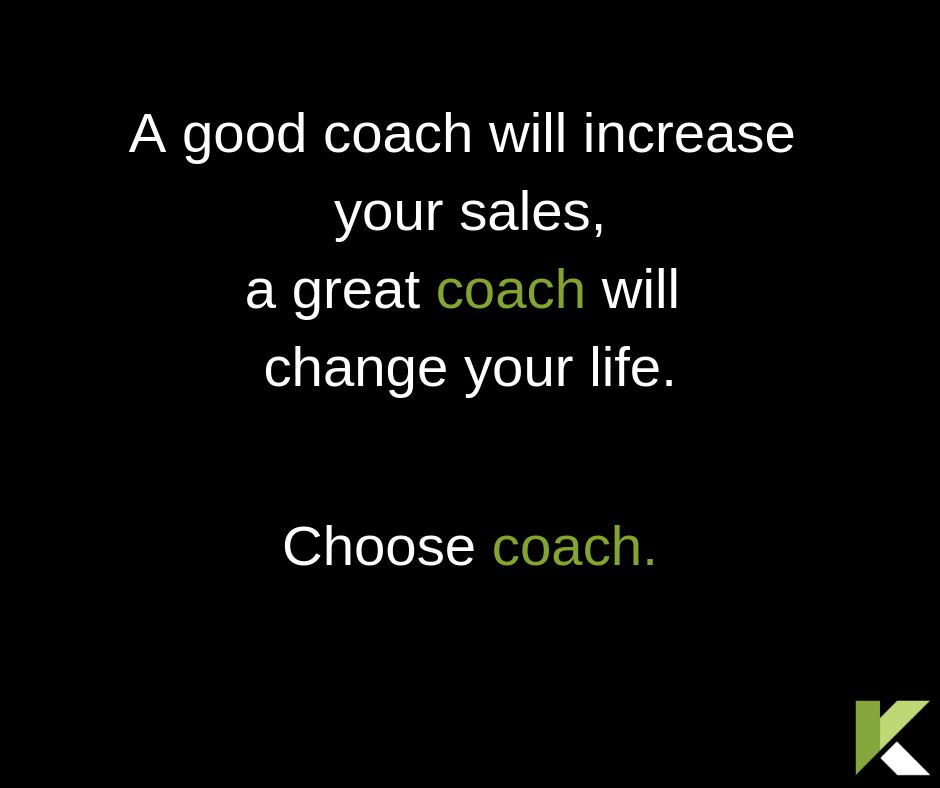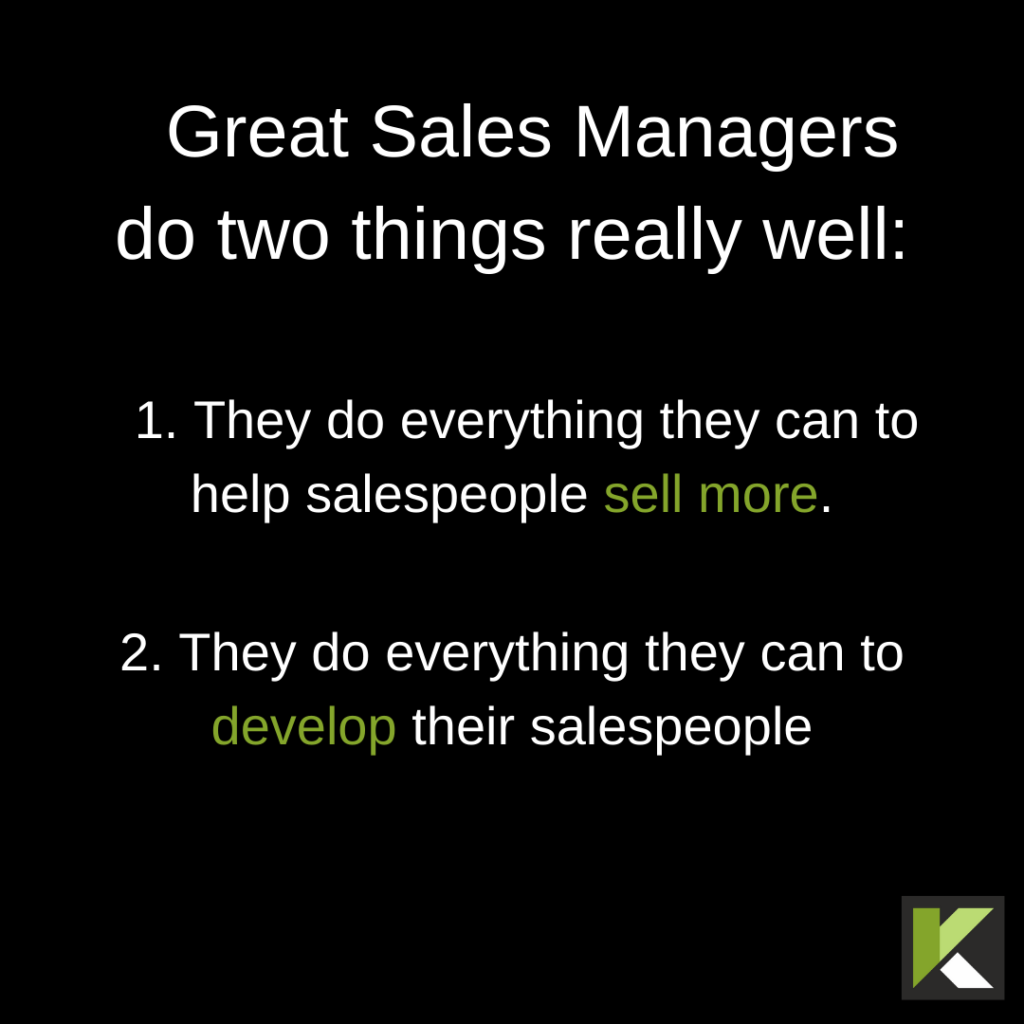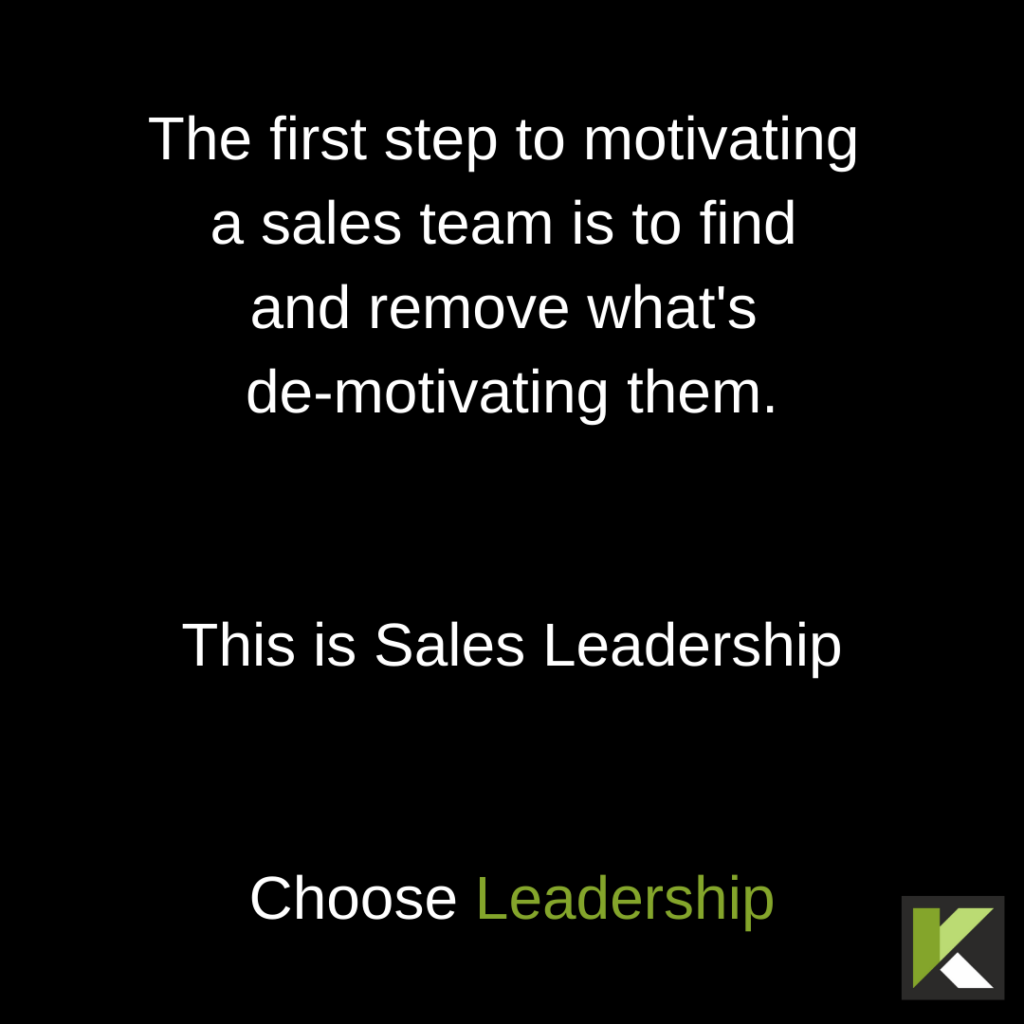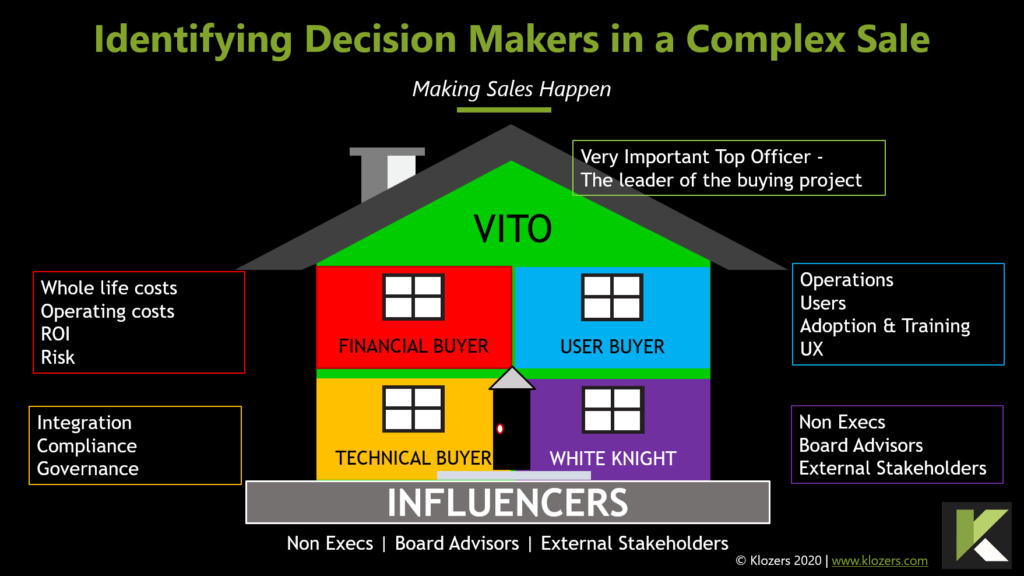LinkedIn Workshops | Knacken Sie den Code für Social Selling
Linkedin-Workshops - Top-Frage von Google
Was ist ein LinkedIn Workshop
Ein LinkedIn-Workshop ist eine Schulung, bei der es darum geht, den Teilnehmern beizubringen, wie sie LinkedIn effektiv nutzen können. Dies könnte Themen wie die Erstellung eines starken Profils, die Vernetzung mit anderen und die Nutzung von LinkedIn zur Suche nach Stellenangeboten umfassen.
Ein LinkedIn-Workshop kann von einer professionellen Schulungsorganisation, einer Hochschule oder Universität oder einem Unternehmen, das Schulungen für soziale Medien anbietet, angeboten werden. Sie können persönlich oder online stattfinden, und es kann sich um eine einzelne Sitzung oder um eine Reihe von Sitzungen handeln. Das Ziel eines LinkedIn-Workshops ist es, den Teilnehmern zu zeigen, wie sie LinkedIn zu ihrem Vorteil im Berufsleben nutzen können.
In diesem Artikel werden wir...
Es gibt einen neuen Weg, den Umsatz zu steigern...
Kaufen Sie kein Verkaufstraining, bevor Sie dieses Video gesehen haben…
1. LinkedIn Workshops - Einführung
Im heutigen digitalen Zeitalter ist Social Selling wichtiger denn je. Es geht darum, sich mit Kunden in sozialen Netzwerken zu vernetzen und mit ihnen zu interagieren, und LinkedIn ist der Daddy von allen. LinkedIn ist eine Plattform mit 720 Millionen B2B-Entscheidungsträgern, die Unternehmen dabei hilft, berufliche Beziehungen zu finden und aufzubauen.
Ursprünglich als Plattform für die Stellensuche von Personalvermittlern konzipiert, ist LinkedIn heute die Heimat des Social Selling und der Geschäftsentwicklung im Internet.
In unseren LinkedIn-Trainingsworkshops lernen Sie alle Strategien und Tools, um genau Ihre Zielgruppe anzusprechen. Außerdem lernen Sie die LinkedIn-spezifischen Funktionen kennen, mit denen Sie berufliche Kontakte knüpfen und sowohl Ihre persönliche als auch die Präsenz Ihres Unternehmens auf der Plattform aufbauen können.
In diesem Beitrag besprechen wir die Grundlagen des Social Selling auf LinkedIn und wie Sie es richtig machen.
Einzelheiten zu den LinkedIn-Schulungsworkshops und wie Sie einen Workshop buchen können, finden Sie auf der Seite Buchen Sie einen Anruf.
2. Erstellen Sie ein professionelles LinkedIn-Profil
Ihr persönliches LinkedIn-Profil ist wie die Landing Page einer Website. Sie präsentiert nicht nur Ihre persönliche Marke, sondern generiert auch Kontakte und neue Geschäfte für Sie. Ihr LinkedIn-Profil kann sowohl von bestehenden Kontakten als auch von potenziellen Kunden gefunden werden, die ihre Due-Diligence-Prüfung abschließen, bevor sie Sie kontaktieren.
LinkedIn bietet bei der Anmeldung einen praktischen Assistenten, der Ihnen hilft, Ihr berufliches Profil zu vervollständigen. Achten Sie darauf, dass Sie nicht nur Ihr Fachwissen angeben, sondern auch Einzelheiten über Ihre beruflichen Kenntnisse und Interessen.

3. Bauen Sie Ihr professionelles Netzwerk auf
Die meisten Leute verbinden sich auf LinkedIn einfach mit potenziellen neuen Kunden und vergessen dann, Beziehungen aufzubauen.
LinkedIn ist eine Business-Networking-Plattform. Nachdem Sie also mit potenziellen Kunden in Kontakt getreten sind, sollten Sie weiterhin mit ihnen interagieren (und nicht an sie verkaufen).
Wie machen Sie das? Die Grundlagen sind ganz einfach – Gefällt mir, Teilen und Kommentieren ihrer Inhalte.
Die Realität ist, je mehr Sie versuchen, jemandem etwas zu verkaufen, desto mehr wird er Ihnen widerstehen, besonders auf LinkedIn.
4. Interagieren, interagieren und dann noch mehr interagieren
Die meisten Menschen sind sich nicht sicher, wie sie auf LinkedIn am besten Leads generieren und neue Aufträge gewinnen können.
Am einfachsten lässt sich das so erklären, dass Sie LinkedIn wie ein traditionelles persönliches Networking behandeln – wenn Sie es persönlich nicht sagen oder tun würden, dann tun Sie es auch nicht online.
Nicht auf LinkedIn zu interagieren ist so, als würden Sie zu einer traditionellen Networking-Veranstaltung gehen und dann den ganzen Nachmittag in der Garderobe sitzen.
Sobald Sie Ihr ideales Kundenprofil mit Ihrer Zielgruppe auf LinkedIn in Verbindung gebracht haben, müssen Sie mit ihr interagieren.
Vernetzen Sie sich mit Branchenkollegen und potenziellen neuen Kunden, indem Sie deren Inhalte mögen, kommentieren und teilen.
5. Konzentrieren Sie sich auf großartige Inhalte
Ihr Marketingteam sollte bereits aufschlussreiche Inhalte über Ihre Unternehmensseite auf LinkedIn teilen.
Daher sollten Sie diesen Artikel erneut veröffentlichen und Ihre persönlichen Erkenntnisse und Tipps hinzufügen.
Vermeiden Sie es, zu viele Verkaufsinhalte über Ihre Produkte und Dienstleistungen zu verbreiten, und konzentrieren Sie sich stattdessen auf Brancheninhalte, die lehrreich sind und dazu beitragen, Ihr Unternehmen als Fachexperten zu positionieren.
Wir empfehlen nicht mehr als einen Verkaufsinhalt alle drei Beiträge und mindestens einen Verkaufsinhalt alle fünf Beiträge.
Wenn Sie keine eigenen Inhalte haben, können Sie Inhalte von anderen Websites kuratieren und Inhalte von Ihren eigenen Verbindungen teilen.
6. Social Selling-Techniken - erst servieren, dann verkaufen
Im Einklang mit Emersons Gesetz der Kompensation auf LinkedIn gewinnen die Geber.
Interessenten werden erst dann bei Ihnen kaufen, wenn sie Sie kennen, mögen und Ihnen vertrauen. Wenn Sie wollen, dass potenzielle Kunden Ihnen vertrauen, müssen Sie zunächst einen Mehrwert bieten. Die LinkedIn-Plattform ist im Wesentlichen eine digitale Marketingplattform, die es Ihnen ermöglicht, Interessenten und potenzielle Kunden zu betreuen.
Ja, Sie können ein LinkedIn-Automatisierungstool kaufen und Kampagnen durchführen, die wir als “verbrannte Erde” bezeichnen, aber diese Tools schaden Ihrer persönlichen Marke und der Ihres Unternehmens und setzen Ihr Konto dem Risiko aus, geschlossen zu werden, da sie gegen die Regeln von LinkedIn verstoßen.
Sie sollten sich auch darüber im Klaren sein, dass Sie, wenn andere Nutzer Sie auf LinkedIn blockieren, lebenslang blockiert werden, nicht nur solange Sie in Ihrer aktuellen Rolle beschäftigt sind. Dies erschwert den Erfolg in zukünftigen Jobs erheblich.
7. Erstellen Sie einen Zeitplan für Inhalte
Regelmäßiges Posten von Inhalten ist eine großartige Möglichkeit, Ihr Unternehmen auf LinkedIn zu positionieren, und ein Inhaltsplan ist ein wichtiger Teil Ihrer Planung.
Unserer Erfahrung nach sollten Sie bei nationalen Marken höchstens 1 Mal pro Tag Inhalte posten und bei internationalen Marken zwei Mal pro Tag, um den Zeitunterschied zu berücksichtigen.
Wir empfehlen Ihnen, mindestens zweimal pro Woche Inhalte auf LinkedIn zu veröffentlichen, um erfolgreich zu sein.
Laut einer Studie von Hubspot ist die beste Zeit, um Ihre Vertriebs- und Marketinginhalte auf LinkedIn zu posten:
Zwischen 12 Uhr – 15 Uhr, 15 Uhr – 18 Uhr oder 18 Uhr – 21 Uhr.
Mittwoch, Samstag und Sonntag.
8. Bauen Sie ein Fundament
Aus Sicht der Geschäftsentwicklung kann es sein, dass Ihre Taktik kurzfristig nicht funktioniert, wenn Sie nicht bereits eine starke Präsenz in den sozialen Medien haben.
Betrachten Sie LinkedIn als eine Mini-Website, auf der Sie relevante Informationen platzieren. Diese Informationen sind wie Samen, und um von diesen Samen zu profitieren, müssen Sie sie zunächst regelmäßig füttern und nähren.
Säen Sie nicht die Samen und erwarten Sie am nächsten Tag eine Ernte. Warum sollten potenzielle Kunden von Anfang an mit Ihnen Geschäfte machen? Teilen Sie Inhalte, die erklären, warum.
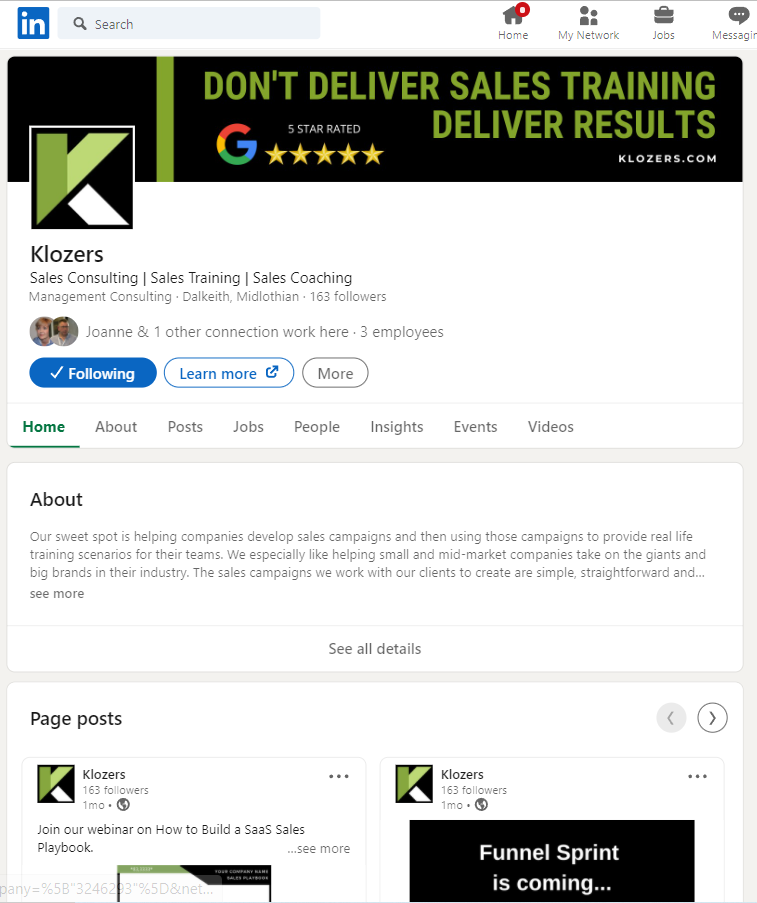
9. Bewerten Sie, was funktioniert
LinkedIn ist ein beweglicher Zielpfosten und was funktioniert, kann sich ändern. Bewerten Sie nicht nur die Art der Marketinginhalte, die Sie veröffentlichen, sondern auch die Art der Inhalte. Kurzform vs. Langform, Video vs. Text, Karussell vs. .PDF und Umfragen. Sie werden überrascht sein, wie unterschiedlich die Ergebnisse sein können.
Vergleich der Leistung mit einem einzelnen Bild-Post mit Text:
Dokument-Posts erhalten 2,2 bis 3,4x mehr Reichweite
Umfragen erhalten 2,1 bis 2,9x mehr Reichweite
Karussell-Posts erhalten 1,8 bis 2,3x mehr Reichweite
Text und mehrere Bilder (Montage) erzielen eine 1,2 bis 1,6 Mal höhere Reichweite.
10. Ausbildung Format
Als Unternehmen glauben wir an arbeitsbezogenes Lernen. Dieser Unterrichtsstil konzentriert sich darauf, die Lernenden aus dem Klassenzimmer herauszuholen und durch eigenes Tun zu lernen.
Unsere LinkedIn-Schulungen richten sich nach Ihren Lernprioritäten, und wenn möglich, passen wir die Schulungsinhalte an Ihre Bedürfnisse an. Jeder Workshop basiert nicht auf Theorie, sondern bietet einen praktischen Ansatz für die Nutzung von LinkedIn.
Jeder Schulungskurs wird entweder persönlich oder online in einem eintägigen oder halbtägigen Workshop durchgeführt.
11. LinkedIn Workshops
Klozers bietet LinkedIn-Trainingsworkshops sowohl persönlich als auch online an. Unsere LinkedIn-Schulung gibt Ihrem Team das umfassende Training, das es braucht, um potenzielle Kunden zu identifizieren und mit ihnen in Kontakt zu treten. und verkaufen Sie ihnen so effektiv und so wenig spammig wie möglich.
Unsere Verkaufstrainer helfen Ihnen bei der Gestaltung und Durchführung von Trainingsworkshops, die auf Ihr Unternehmen zugeschnitten sind.
Jede Sitzung baut auf dem vorhandenen Wissen Ihres Geschäftsentwicklungsteams und dessen Nutzung von LinkedIn auf. Wir unterstützen Ihre Mitarbeiter und Ihr Führungsteam kontinuierlich, damit Sie mit mehr potenziellen Neukunden in Kontakt treten und echte Umsätze und Erträge erzielen können.
Wenn Sie Interesse haben und mehr über unser LinkedIn Training erfahren möchten, können Sie hier einen Termin mit einem unserer LinkedIn Trainingsspezialisten vereinbaren.
“Eine fantastische Lernerfahrung”
Amanda – Kundenbetreuerin









